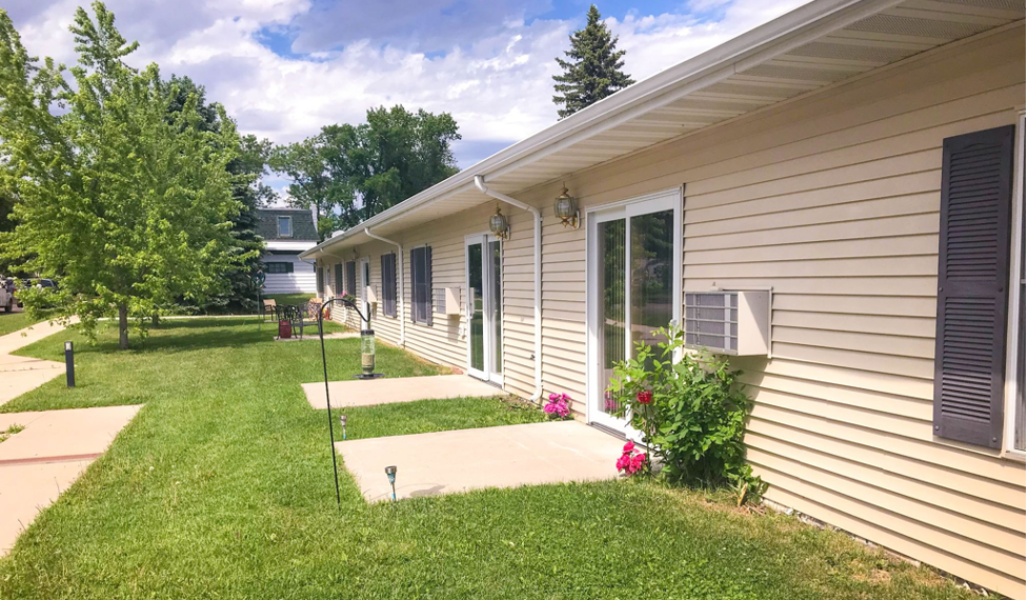
Good Samaritan Society Finds Creative Ways to Harness Technology to Serve Residents
Nursing homes, residential rehabilitation centers, and assisted living facilities have been some of the hardest hit groups during COVID-19. Not only did many of these facilities worry about the fragile state of many of their residents’ health, but they had to find ways to provide all care with little to no interaction from the outside world.
The Evangelical Good Samaritan Society, a post-acute rehabilitation and assisted living facility in Lakota, North Dakota, found creative ways to not only provide quality healthcare during this time, but also to use virtual technology to provide their residents with the connections they so very much needed.

Photo description: Good Samaritan Society’s assisted living facility
Acute and Routine Healthcare
Like most assisted living facilities, Good Sam did not allow outside providers into its buildings for an extended period of time, which meant that regular rounds with providers had to be conducted virtually.
“I had my hesitations at the beginning,” said Hayley Ross, director of nursing at Good Sam in Lakota. “I soon realized that the residents recognized their providers during the video calls and were able to talk with them through a screen like speaking with a friend. It worked out well.”
One particular area of success was in handling the facility’s wound clinic appointments. “Although we have some technical issues every time, wound care has generally been very successful,” said Anna Halvorson, administrator at Good Sam in Lakota. “We can show providers wounds in real time. Our residents are in awe about how technology works today. Many are appreciative that they don’t need to take an hour-long van ride for a 10-minute appointment.
“It can be traumatic for our residents to have to take a trip outside in potential bad weather for appointments,” Halvorson said. “Sometimes, they decide at the last minute they just don’t want to go. They are much more likely to do a telemedicine appointment without the travel. For our facility, it saves us staff hours and dollars. I think it works especially well for wound visits and psychological services.”
Helping a Resident Through a Difficult Time
Good Sam shared a story of one of its residents who had suffered a debilitating stroke last year. She was working with various therapists at Good Sam but had reached a plateau during the pandemic.
“We ended up taking her off therapies because she was no longer improving,” Halvorson said. “She had some other family tragedies and was suffering from depression and being isolated. She was willing to continue her telehealth visits with a therapist at the Lake Region Human Services Center. Those virtual appointments were very helpful to her in discussing her concerns about the pandemic, her financial worries, and her depression. She was able to manage her thoughts and feelings better and stay on her medication with regular check-ins.”

Photo description: Nurse taking vital signs of a patient
Technology Connects Residents to Community At-Large
Good Sam’s activity department used virtual technology to coordinate residents’ visits with family and friends during the pandemic. However, they also went above and beyond, finding ways to help residents connect with the local community at large.
“We had a local artisan who does glass blowing, and he would demonstrate how he performed his craft over a live video,” Halvorson explained. “Then, he would make our residents individual glass ornaments and send them to Good Sam so they would have a keepsake.”
In addition, Good Sam worked with a community organization called Arts for Life, which focuses on celebrating veterans. “The organization did televisits with some of our veterans to learn about not only their time of service but about their individual life stories,” Halvorson said. “They took still photos and provided these keepsake remembrances for our veterans. It was a nice outreach to keep them engaged during the pandemic.”
